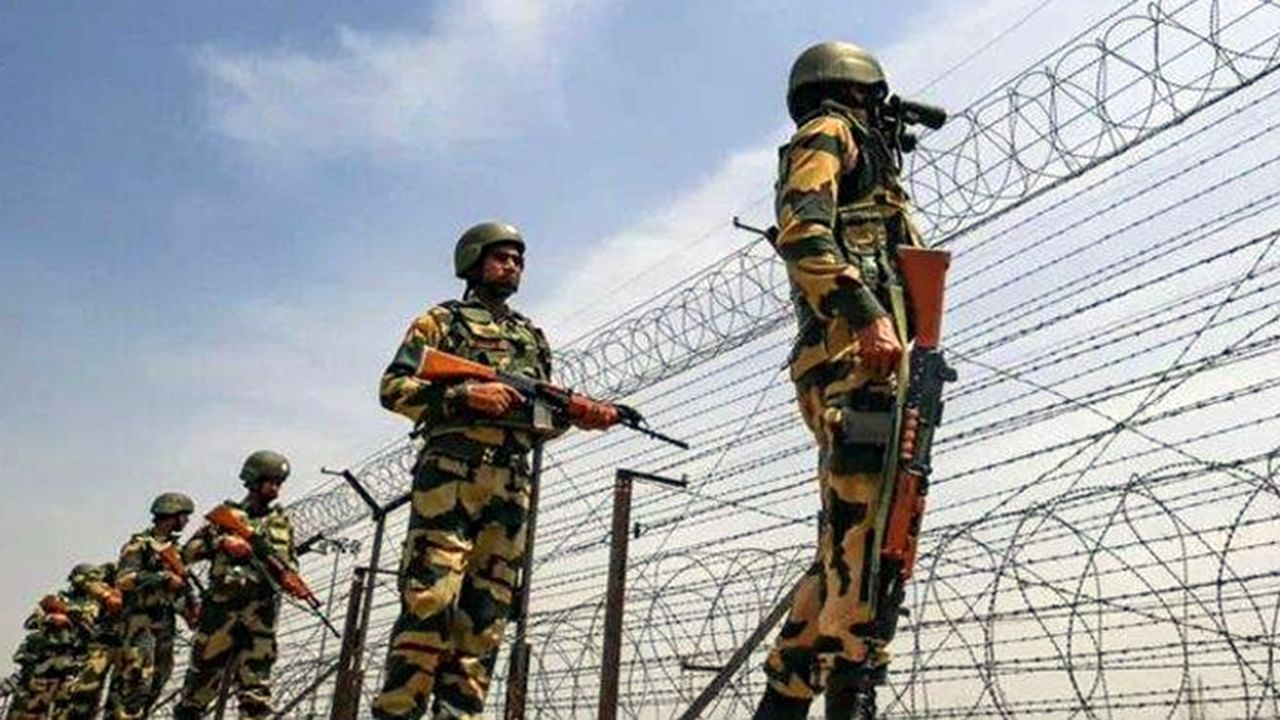
New Delhi: The terror attack in Baisaran Valley, Pahalgam on April 22, which killed 26 people and injured more than 20, once again exposed the deep-rooted tensions between India and Pakistan. The attack targeted tourists in a peaceful meadow, turning it into a site of tragedy. The Resistance Front (TRF), believed to be linked to the banned Lashkar-e-Taiba (LeT) and supported by Pakistan, has been connected to the attack. Pakistan, however, has denied any role.
A US intelligence report from 1993 had warned of such a possibility. The CIA had declassified a document that studied India-Pakistan relations. It predicted that a future war could begin over Kashmir, triggered by a terrorist attack or miscalculation. The report also said Pakistan might support terrorist groups in Kashmir as a way to challenge India’s growing power.
What CIA document stated
The CIA document was written when India had just gone through Babri Masjid demolition and Pakistan was dealing with political instability. Though the report said a full-scale war had only a 20% chance of happening, it warned that incidents like a major terror strike or communal violence could easily escalate into something bigger.
The report explained that Pakistan feared India’s rise – economically, militarily, and globally. While India had stable governments and a growing economy, Pakistan was facing frequent political and economic crises. To counter India, Pakistan was expected to rely on proxy groups and terrorism instead of direct military confrontation.
What CIA report highlights
According to NDTV reports, the CIA also warned that if Pakistan faced more internal pressure – like an economic collapse or military rule – it might support Islamist groups to distract its public and provoke India. It said that both countries didn’t want war, but the danger of provocation and retaliation always remained.
This warning seems very relevant today, as India responds to the Pahalgam attack. The same fear of escalation, provocation, and mistrust that the CIA report highlighted more than 30 years ago, still exists.










